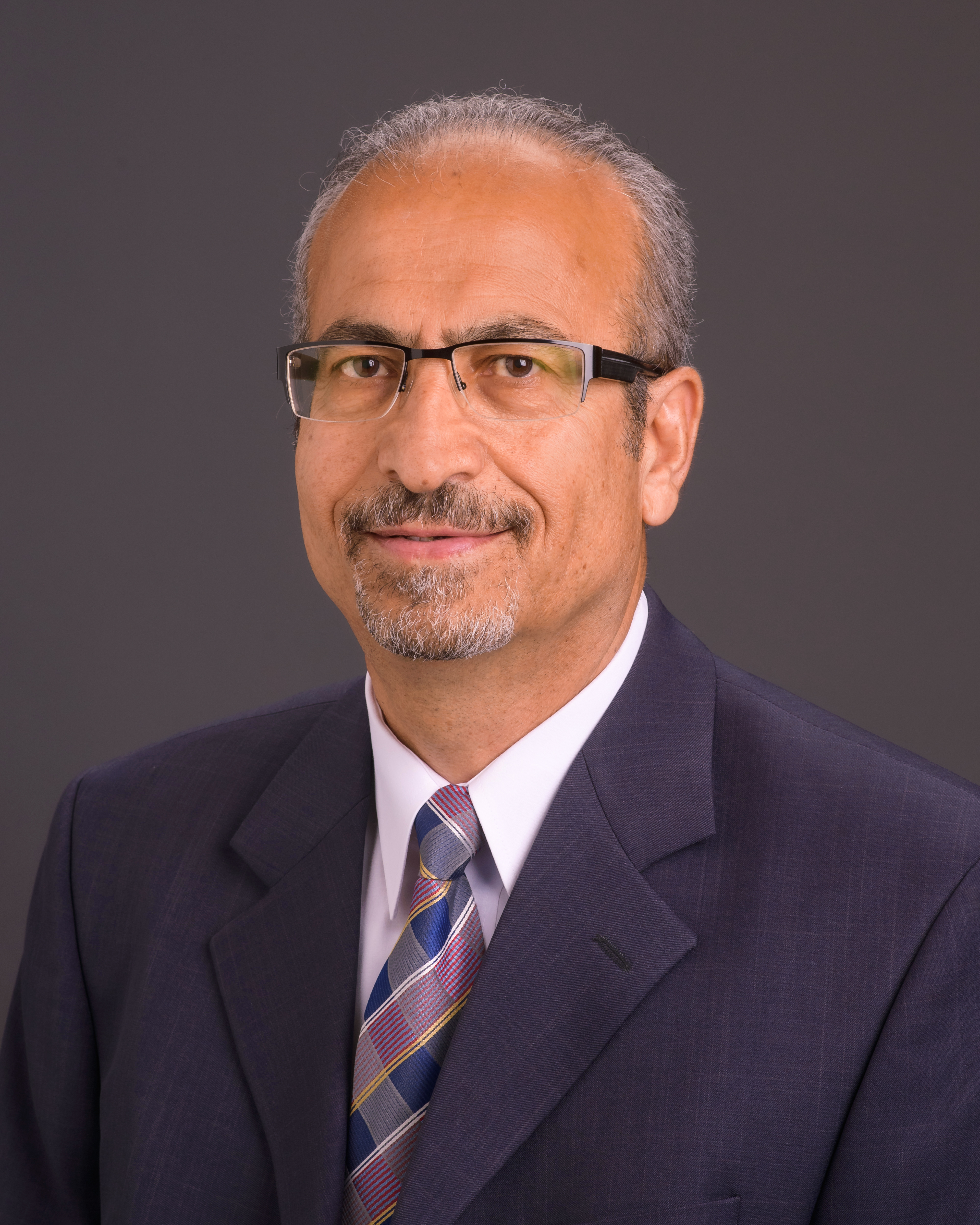
Dr. Shirwan is Professor and Marvin Hall, MD Faculty Scholar in Diabetes, Department of Pediatrics and Molecular Microbiology and Immunology, Director, Division of Pediatric Research, Associate Director of the Immunomodulation and Regenerative Medicine Program, Ellis Fischer Cancer Center, and Member of NextGen Precision Health Institute, University of Missouri-Columbia, MO. Dr. Shirwan is an elected Fellow of the National Academy of Inventors. He earned a PhD in Molecular Biology-Biochemistry from the University of California in Santa Barbara, CA, followed by postdoctoral training at the California Institute of Technology in Pasadena, CA. Before relocating to the University of Missouri-Columbia in 2020, Dr. Shirwan served on the faculty of various academic institutions in the United States, including Cedars-Sinai Medical Center, Los Angeles, CA, Alleghany University of the Health Sciences, Philadelphia, PA, and the University of Louisville, Louisville, KY. Dr. Shirwan’s translational research program focuses on targeted modulation of the immune system with a focus on transplantation, autoimmunity, and cancer immunotherapy and immunoprevention. Dr. Shirwan is an inventor with 29 issued and 7 pending patents, Founder/co-founder of 3 biotech startups, is widely published, has organized and lectured at numerous national/international conferences, and served on grant review panels for various federal and non-profit funding agencies and editorial boards of various scientific journals.
Engineering pancreatic islet grafts with innate immune modulators to mitigate instant blood-mediated inflammatory reaction
Mohammad Tarique1, Ali Turan1, Shabad Kazmi1, Lei Zhang1, Vahap Ulker1, Darshan Badal1, Esma S Yolcu1, Haval Shirwan1.
1Department of Pediatrics, University of Missouri, Columbia, MO, United States
Introduction: Instant blood-mediated inflammatory reaction (IBMIR) is responsible for the destruction of a significant islet mass transplanted intraportally. Innate immune responses constituting coagulation and complement and leukocyte activation are the primary triggers of IBMIR. Thrombomodulin (TM) is an innate immune modulator that regulates coagulation and inflammation, whereas CD47 inhibits phagocytosis by binding to signal regulatory protein alpha (SIRPα), predominantly found on macrophages and dendritic cells. This study aimed to use two novel recombinant forms of these molecules, chimeric with streptavidin (SA-TM and SA-CD47), to mitigate IBMIR as an approach to prevent peritransplant destruction of the islet graft.
Method: Mouse splenocytes were used to optimize the codisplay of SA-TM and SA-CD47 recombinant proteins on the cell membrane by exploiting the high-affinity interaction between biotin and streptavidin. Splenocytes were biotinylated, washed to remove free biotin, and then incubated with various doses of SA-TM and SA-CD47 proteins. The efficacy of co-engineering with both proteins was assessed using Abs to each molecule in flow cytometry. The islets were engineered using the optimized doses of both proteins and assessed for metabolic activity and ability to regulate innate immune responses associated with IBMIR in an ex vivo setting. Engineered islets were assessed for engraftment and modulation of innate immune responses associated with IBMIR using a marginal mass syngeneic intraportal transplantation model. Graft recipients were euthanized at various times post-transplantation to collect tissues for deep immunophenotyping and transcriptomic analysis.
Results: SA-TM and SA-CD47 on the cell surface effectively inhibited the phagocytosis of rat cells by mouse macrophages and clearance of bone marrow cells in allogeneic recipients. Engineering with SA-TM and SA-CD47 did not adversely affect islet viability or glucose-stimulated insulin secretion. SA-TM/SA-CD47-engineered islets were refractory to damage induced in an ex vivo blood loop assay by downregulating various inflammatory mediators associated with IBMIR. SA-TM/SA-CD47-engineered islets showed enhanced engraftment that was correlated with a significant decrease in proinflammatory cells, including neutrophils and M1 macrophages, and transcripts for various intragraft procoagulatory and proinflammatory agents, such as tissue factor, HMGB1, IL-1β, IL-6, TNF-α, IFN-γ, and MIP-1α.
Conclusion: Engineering islets to transiently codisplay SA-TM and SA-CD47 proteins on the surface represents an effective platform to mitigate peri-transplant islet damage with implications for autologous and allogeneic islet transplantation.
Funded by a grant from NIH (NIH R01AI121281).
[1] Islet transplantation, instant blood-mediated inflammatory reaction, Thrombomodulin, CD47, Immunomodulation
